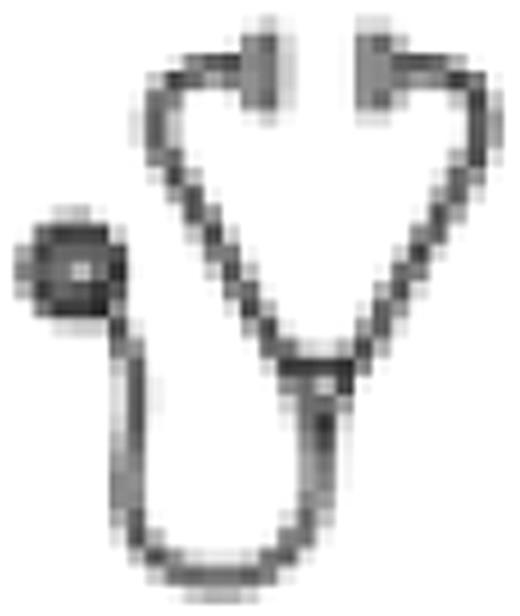Abstract
Abstract 13
The combination of ATRA and anthracycline based chemotherapy (CT) is the reference induction and consolidation treatment of newly diagnosed APL. Whereas in high risk pts (ie with baseline WBC>10G/L), AraC is often considered useful in combination with an anthracycline to prevent relapse, CT with idarubicin alone appears sufficient to yield very low relapse rates in standard risk APL (with WBC< 10G/L) (Ades, Blood 2008, 111:1078-84). On the other hand our APL2000 trial, where standard risk pts were randomized between ATRA with DNR+AraC and ATRA with DNR without AraC, was prematurely terminated after the first interim analysis due to significantly more relapses and shorter survival in the arm without AraC (JCO 2006, 24:5703-10). We reevaluated those results, 6 years after the last patient inclusion.
In APL 2000 trial newly diagnosed APL patients < 60 years with WBC < 10G/L were randomized between the AraC+ group: induction with ATRA 45mg/m2/d until CR and DNR 60 mg/m2/d x3 + AraC 200mg/m2/d x7 started on day 3; first consolidation with the same CT course, second consolidation with DNR 45 mg/m2/d x3d and AraC 1g/m2/12h x4d; maintenance during two years with intermittent ATRA (15 d/ 3 months) and continuous 6 MP + MTX, and the AraC- group: same treatment, but without AraC. Pts < 60 years with WBC > 10 G/l (high WBC Group) were not randomized but received the AraC+ group treatment, but with higher AraC dose during the second consolidation (2 g/m2/12 hx 5 days). The current analysis was made at the reference date of 1 January 2010, 72 months after inclusion of the last pt.
Overall, 340 pts entered APL 2000 trial between July 2000 and Feb, 2004 (pts included in APL2000 trial after termination of inclusion in the AraC- group, until 2006 are not analyzed here). The AraC+ and AraC- groups (95 and 101 pts, resp) were well balanced for all pretreatment characteristics except WBC count that was higher in the AraC+ arm (mean 2.8 vs. 2.4 Giga/L). In the AraC+, group, 94 pts (99 %) achieved CR and one had early death (ED), as compared to 95 (94 %) CR in the AraC- group (p= 0.12), while there were 1 vs. 4 early deaths (ED), and 0 vs. 2 resistant leukemias in the two arms. The 5-year cumulative incidence of relapse, EFS and survival were 13.4 % vs. 29.0% (p = 0.013), 82.2% vs. 64.8% (p = 0.01), and 92.9% vs. 83.3% (p = 0.07) in the AraC + and AraC- group, respectively. Of the 23 relapses in the AraC- group, 20 were Hematological Relapses and 3 were Molecular Relapses, as compared to 10 and 2, respectively, for the 12 relapses in the AraC+ group.
In the high WBC group (where there was no randomization and all pts received AraC), the CR rate, 5-year CIR, 5-year EFS and 5-year survival were 97%, 7.5%, 82.5%, and 89.8%, ie an outcome that appeared slightly superior to that of standard risk pts treated without AraC.
With longer follow up, our findings suggest that, in standard risk APL(WBC < 10G/l), avoiding AraC for chemotherapy may lead to an increased risk of relapse when the anthracycline used is DNR. Our results caution against the use, in standard risk APL, of very effective treatment regimens without AraC like the PETHEMA 99 trial (Sanz, Blood 112:3130-34), but where idarubicin would be replaced by DNR.
Fenaux: CELGENE, JANSSEN CILAG, AMGEN, ROCHE, GSK, NOVARTIS, MERCK, CEPHALON: Honoraria, Research Funding.

This icon denotes an abstract that is clinically relevant.
Author notes
Asterisk with author names denotes non-ASH members.

This feature is available to Subscribers Only
Sign In or Create an Account Close Modal